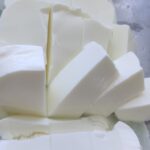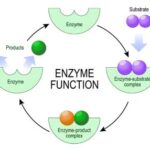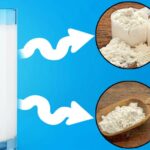“10 Powerful Health Benefits of Buttermilk You Need to Know”
Introduction to Buttermilk Many of us are aware about Buttermilk right..??, it’s a traditionally by-product of butter produced during churning, and as earlier said has evolved into a popular dairy beverage enjoyed worldwide many of us has taste it. It’s known for its tangy taste, smooth texture, and numerous health benefits. This article delves into …









